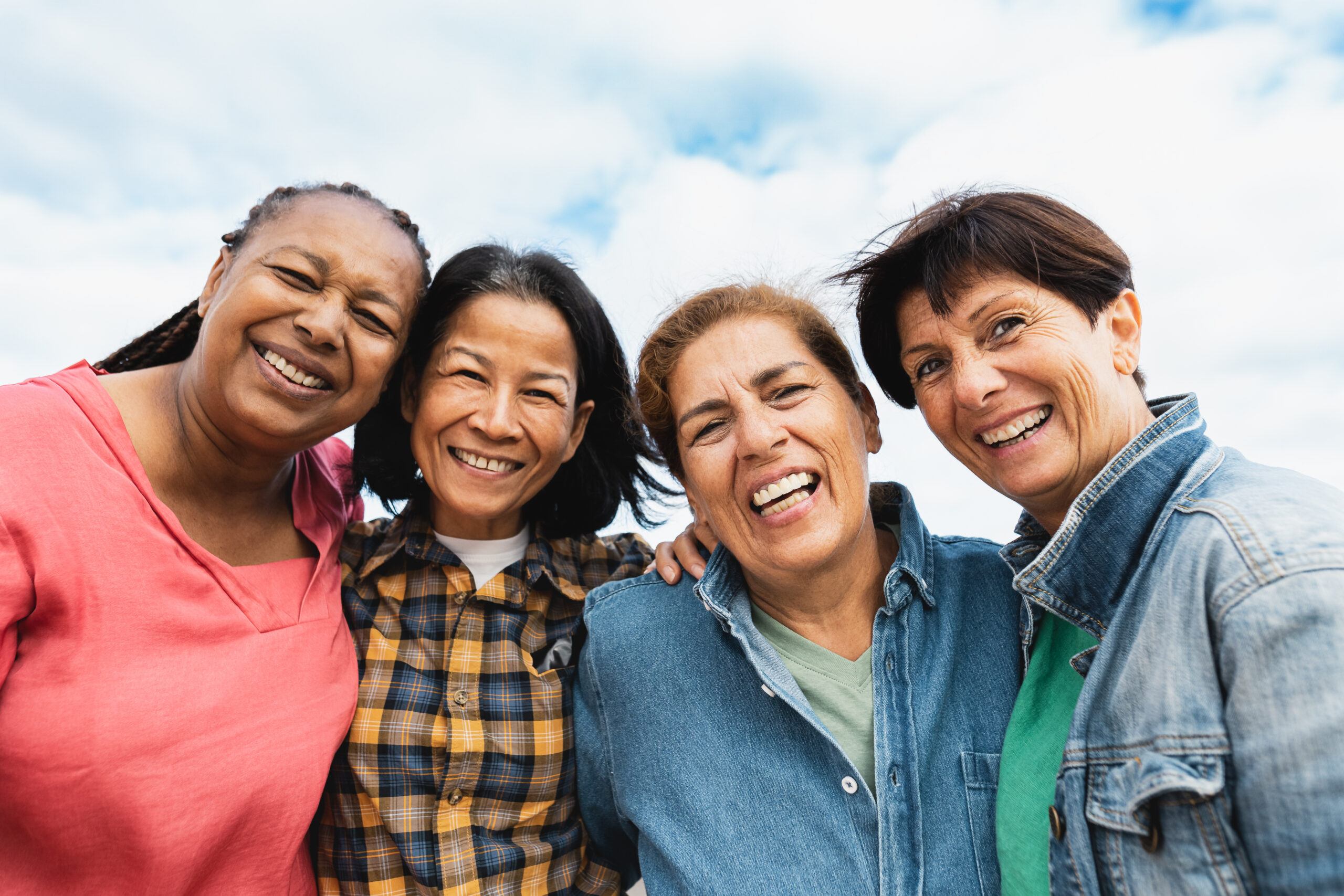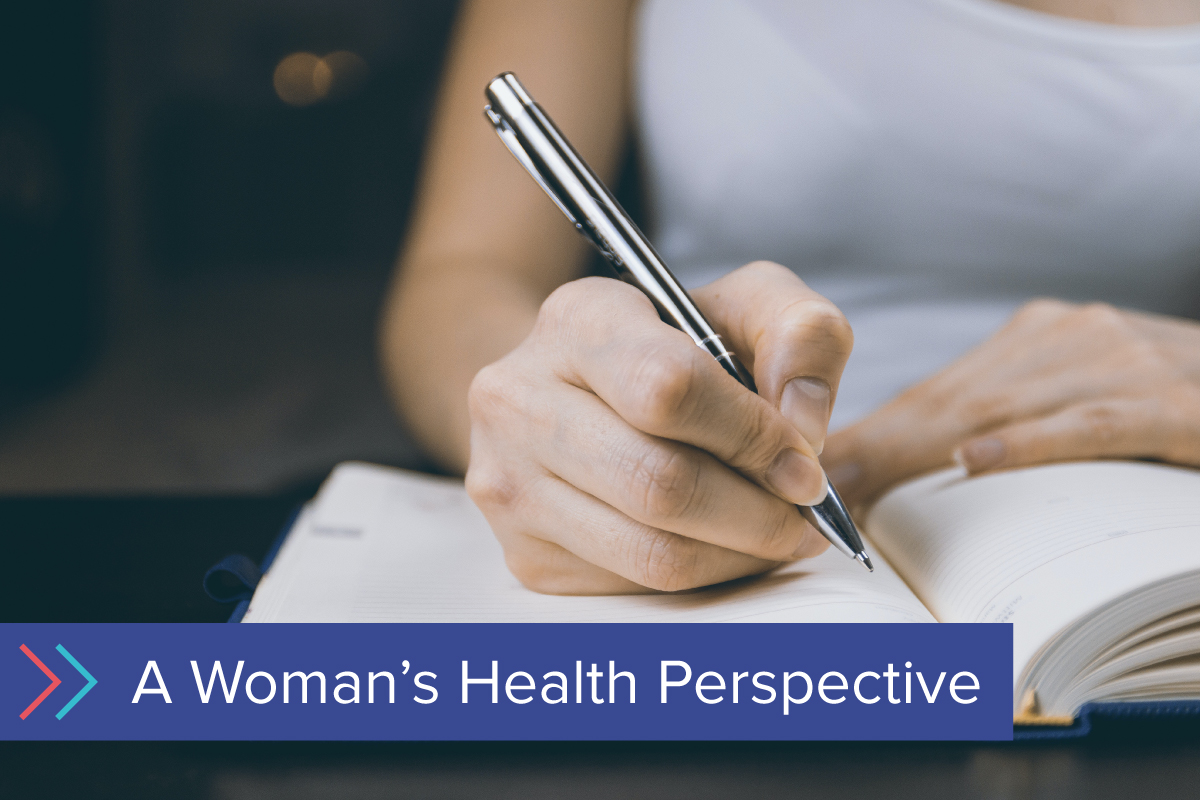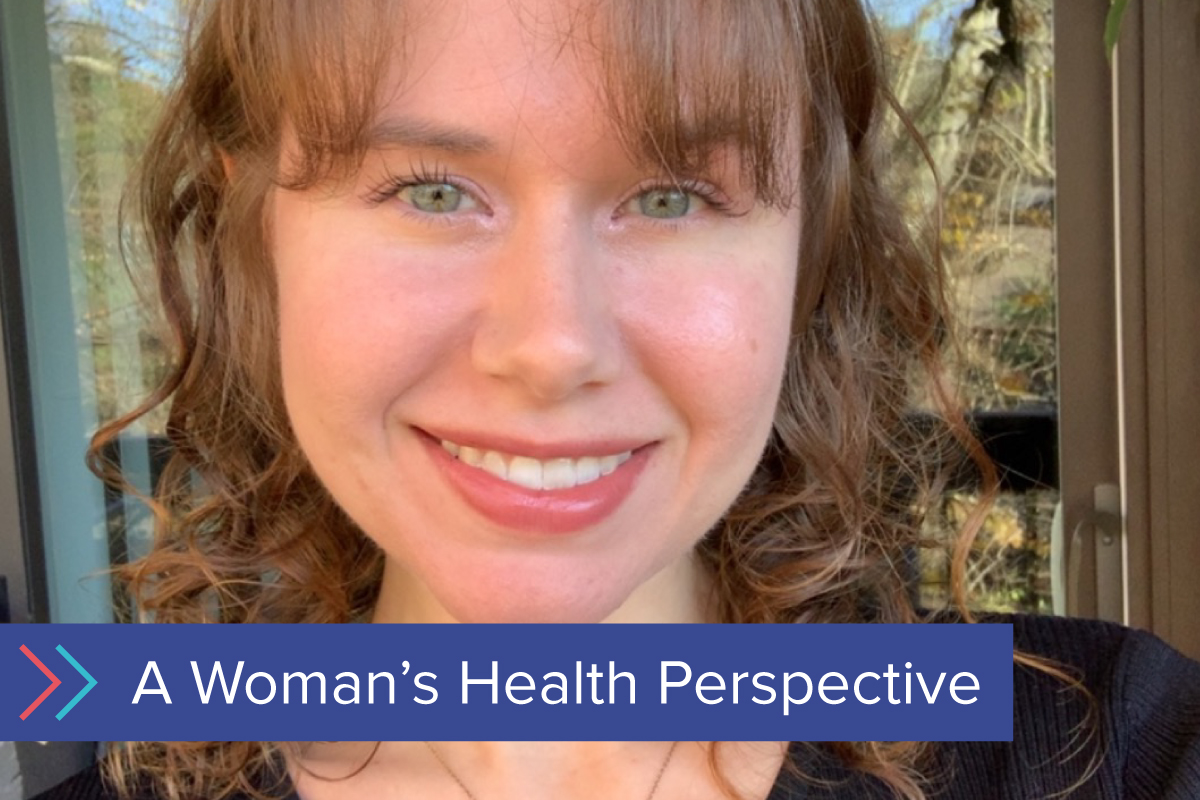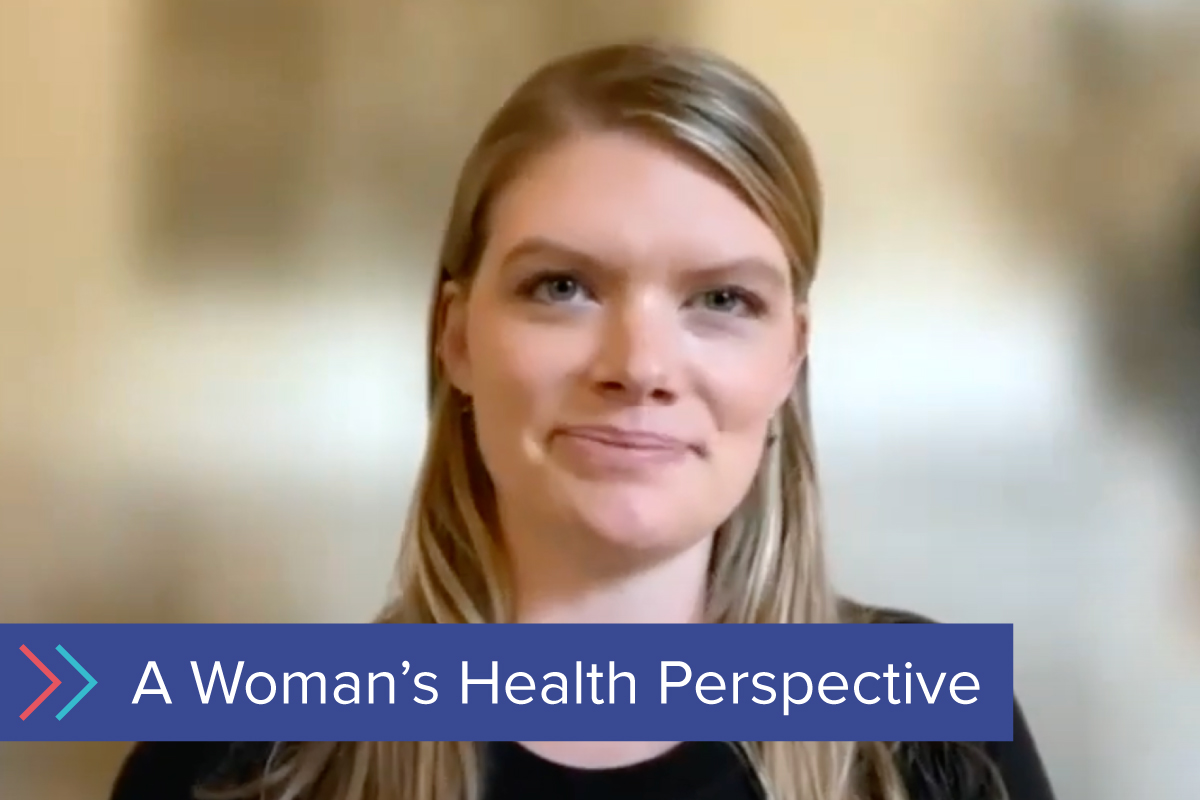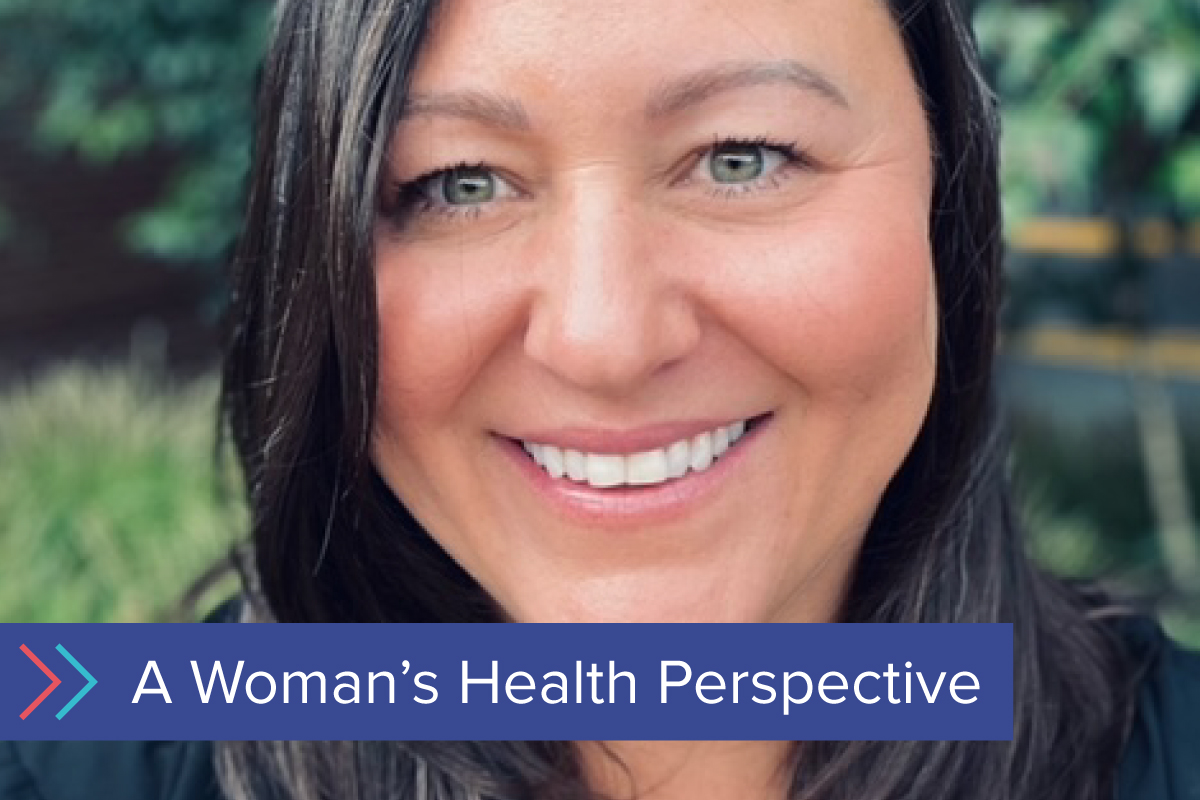Share Your Story
Whether you are a patient or a caregiver for a family member, including a parent, spouse, child, or friend, SWHR wants to hear your personal health journey! Stories shared with SWHR may inform our resources and be shared on our website and social media platforms.
Your story is powerful – to researchers, health care providers, policymakers, and importantly, other women. SWHR wants to use the power of your story to share the real-life impact of different diseases, conditions, and life stages with the people who need to hear it most.
Please note, your story will not be used to promote or advocate for a specific company, product, or medication.
Share Your Story
